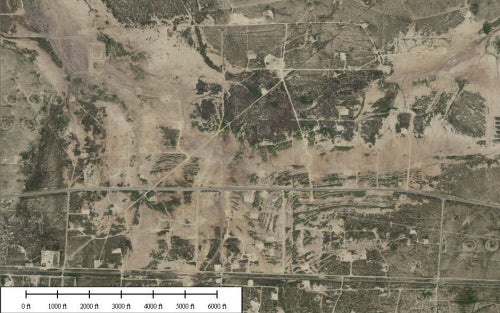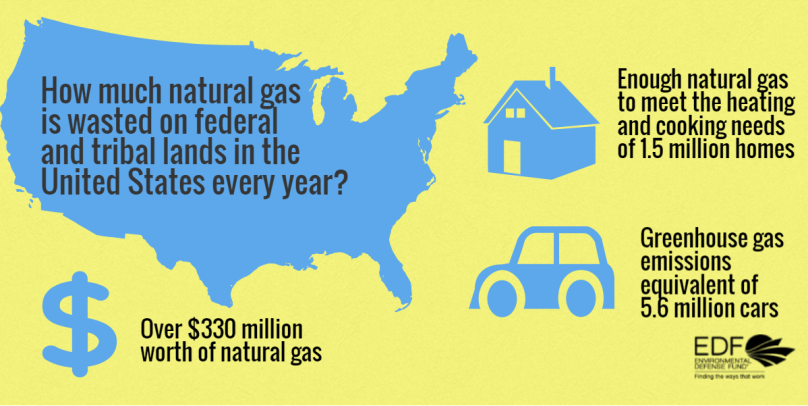 New technology is evolving electricity transmission from a centralized, one-way system to a more distributed, interactive one. This system necessitates new electricity rates, and the National Association of Regulatory Utility Commissioners (NARUC) unveiled this week at its annual summer meeting a draft manual that will help states across the U.S. design them.
New technology is evolving electricity transmission from a centralized, one-way system to a more distributed, interactive one. This system necessitates new electricity rates, and the National Association of Regulatory Utility Commissioners (NARUC) unveiled this week at its annual summer meeting a draft manual that will help states across the U.S. design them.
The Distributed Energy Management Compensation Manual is basically a compendium of rate design options that regulators can consider, and it outlines each option’s pros and cons. NARUC President Travis Kavulla charged his staff with writing the manual – a monumental undertaking – and we commend the organization for this effort.
I was pleased to speak during the Town Hall event at which NARUC rolled out the draft manual, and my remarks focused on one critical need: good rate design process. Choosing the right electricity rate for a state is important, but so too is the process by which regulators arrive at that decision. Early in the document it recognizes, “A jurisdiction will need to identify its current status regarding DER [distributed energy resources], what role it expects DER to have in the future, understand the nature of DER adoption rates, and identify necessary policy developments to accommodate that future.” Now is the time to encourage NARUC to include in the manual a dedicated section that shows states how to build a process for ratemaking that will be sustainable, benefit consumers, and advance in tandem with electricity distribution technology. Read More













 As a major producer and consumer of oil and gas, California can set the bar for reducing methane leaks. And today, the Golden State showed it’s up to the challenge, making a critical change in
As a major producer and consumer of oil and gas, California can set the bar for reducing methane leaks. And today, the Golden State showed it’s up to the challenge, making a critical change in  We all know exercise is good for our hearts and bodies, and who doesn’t enjoy stepping on the scale after weeks of good workouts to confirm progress was made?
We all know exercise is good for our hearts and bodies, and who doesn’t enjoy stepping on the scale after weeks of good workouts to confirm progress was made?